When Astria Ascending, a new side scrolling JRPG from Artisan Studios (Super Neptunia RPG), came across my desk I had a strong feeling of Deja Vu. I had never heard of this game before, but yet I knew I had seen this game before. At first I couldn’t put my finger on it, but eventually the pieces fell into place. This game has roots, or connections, or is directly correlated to a 2015 mobile game called Zodiac: Orcanon Odyssey.
Astria Ascending Preview
Zodiac is another game I stumbled upon, at E3 that same year. It was introduced to me at a wine bar, with a malfunctioning demo iPad. Despite the environment, Zodiac was fascinating. It was a free to play mobile game, but a single player JRPG-inspired romp from a European developer (Kobojo). Also, Kazushige Nojima and Hitoshi Sakamoto of Square Enix fame were involved, giving Zodiac hella street cred. Unfortunately, I wouldn’t hear much more from Zodiac, and while it did release on mobile platforms, I never got around to playing it before it was delisted, and planned PS4 and Vita versions never came to be.
Related: A Bunch of New Indie Games Shadow Dropped at The Indie World Showcase
Fast-forward several years later, and here we are with Astria Ascending. Once again, we have a French/Canadian developer working with Nojima and Sakimoto on a Japanese-inspired and still side scrolling RPG. While there doesn’t seem to be a direct connection to Zodiac, both games are set in a world Nojima authored called Orcanon, and much of the games’ art direction is conceptually identical. Some of the characters even look practically identical, albeit in very different roles and stories.
I wouldn’t call this a reboot. But I do wonder how these games are connected, aside from the obvious names involved. Kobojo doesn’t exist anymore; was Artisan Studios started by ex-employees? Or did Nojima keep the rights to his work and shop them to a new company for a second try? The internet has no answers for me, as far as I’ve looked. Still, it’s an intriguing sensation to stumble into a new game that appears to be a previous game, reincarnated six years later. There’s no mention of Zodiac in any marketing materials or story synopsis. I’m probably one of few people in this field who even noticed.

As far as the game itself, the preview build I got my hands on gave me access to the game’s opening and a few hours of play beyond that. I got to learn who is who, why they’re here and how they bonk monsters to death. It’s a strange story for sure, made even more fantastical with Astra Ascending’s hand-drawn art style. Your group of heroes are superheroes of a sort, a band of knights called Demigods who are chosen especially for their abilities and drive to protect the world, yadda yadda. The twist here is, these heroes only have a few months to live.

Becoming a Demigod means understanding that after a specified number of months, your fire burns out and there’s no stopping it. Because of this, the protagonists are staring death right in the face, and they are doing so on purpose. It’s the price they’ve already agreed to pay in order to protect everyone around them. It’s an interesting angle, especially the way it comes up in dialogue. From snark to dread, you get a good, quick grasp of who each character is by how they talk about the inevitable.
The gameplay itself is relatively simple, about as traditional a turn-based combat system can be. There is one major hook, called Focus. If your party has, for example, a healer with nothing to do on their turn, they can store a temporary Focus point. Then, Bravely Default style, another character can eat up one or more Focus points for a big ol’ percentage boost to their action. You also gain Focus points for things like hitting weaknesses, and can build up a deficit by hitting resistances.

You can also swap your characters out during battle whenever, but doing so totally ends your turn. It’s risky, but sometimes it can be necessary, especially if someone gets taken out and you can’t revive them. But ultimately, it’s good old JRPG combat and is largely comfort food. Character progression is a little different, however. The system here is similar to the Sphere Grid in Final Fantasy X, in which you dump points and other resources into specific nodes that give specific bonuses. You can see what everything does right away, giving you a chance to see where you might be taking each character.

My biggest problem with Astrai Ascending, as silly as it sounds, is movement. Your character runs faster than I or the screen can keep up with. It hurts my eyes a little, and also makes the game really jittery in a way I couldn’t fiddle with (at least in the preview build). I’ve never wanted a game’s running speed slowed down before, but Astria Ascending needs it!
Overall, I had a compelling time with Astria Ascending so far. I’m down with turn-based combat even if this game doesn’t knock me over the head with gimmicks. And the story setup, putting you in the shoes of a band of self-sacrificing heroes, is a neat twist on a classic formula. It’s strange to revisit this world so many years after I tried a mobile game in a wine bar outside of the E3 2015 venue, then never heard from it again. Hopefully this time, the world of Orcanon can make a bigger impact. An maybe it can, with the help of its maddeningly compelling mini game, J-Ster. It’s Triple Triad all over again, baby!

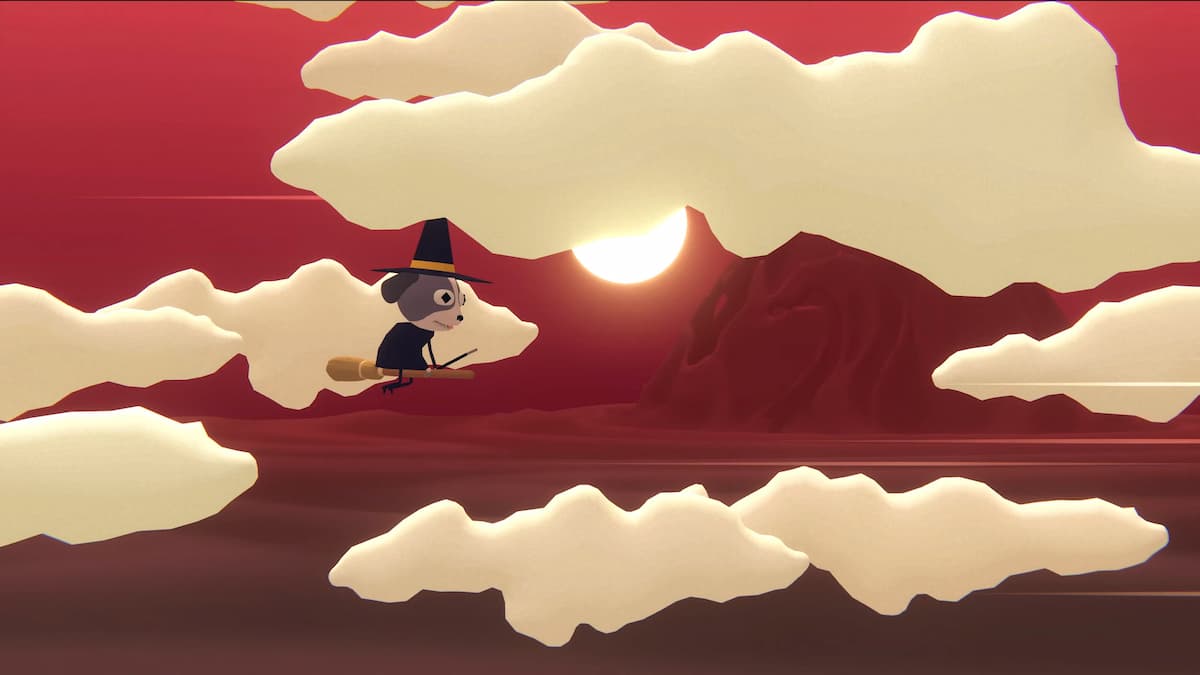

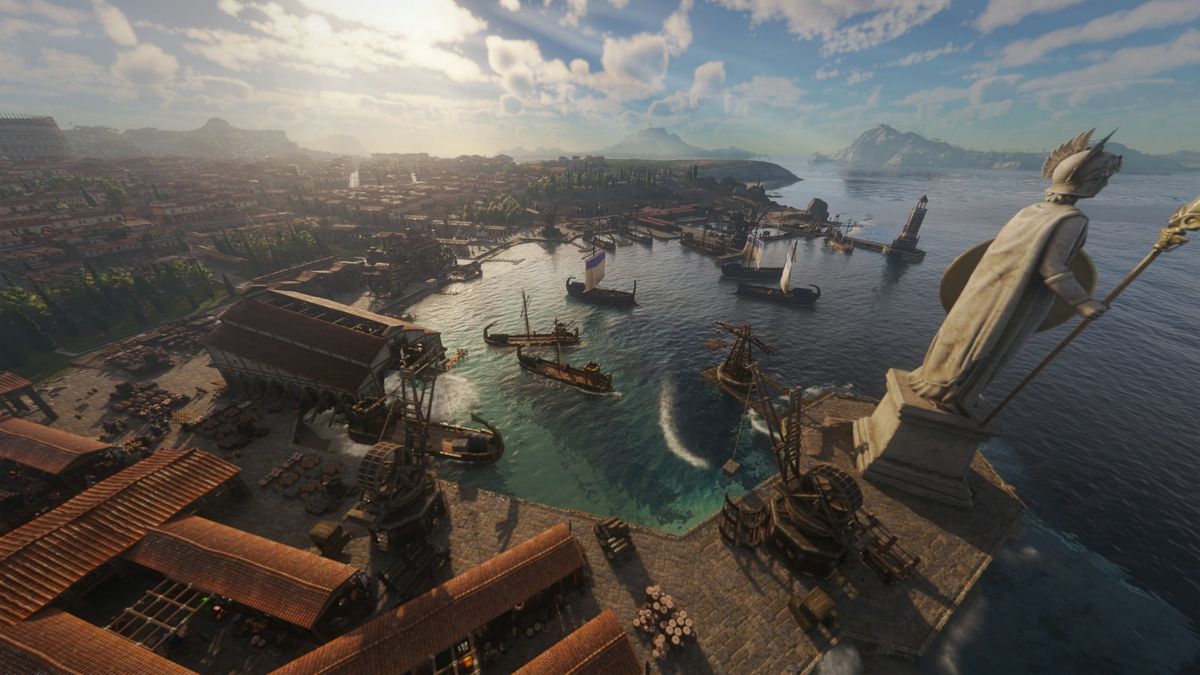
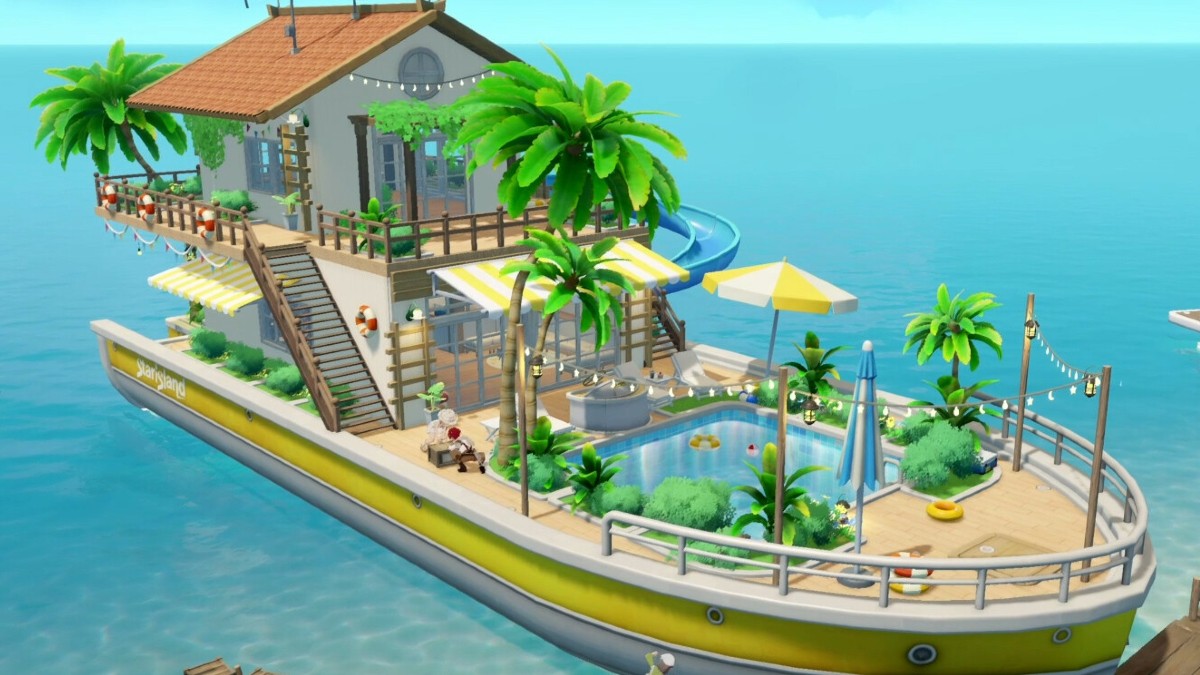

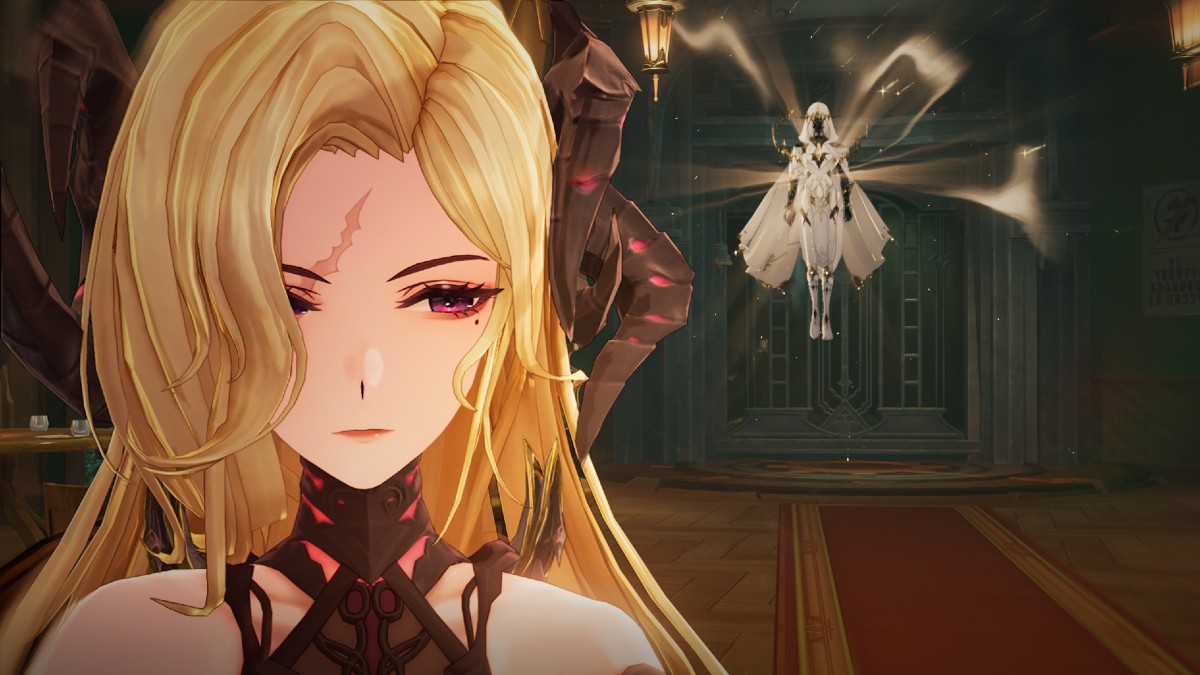


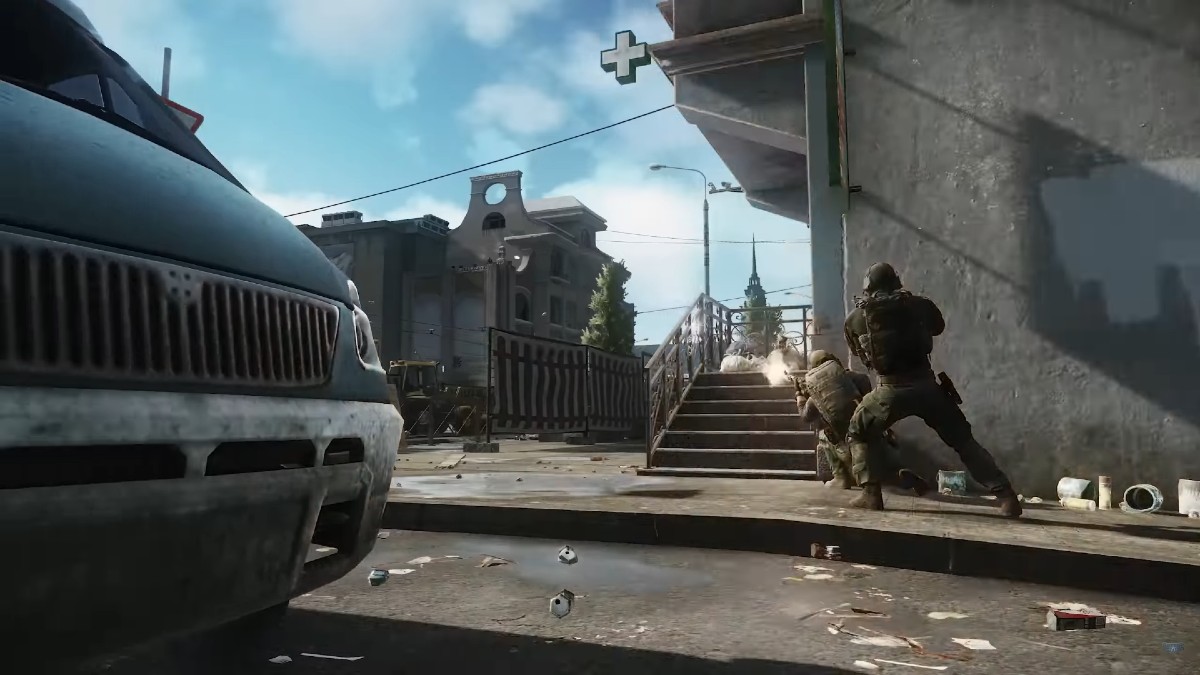


Published: Aug 23, 2021 06:50 pm